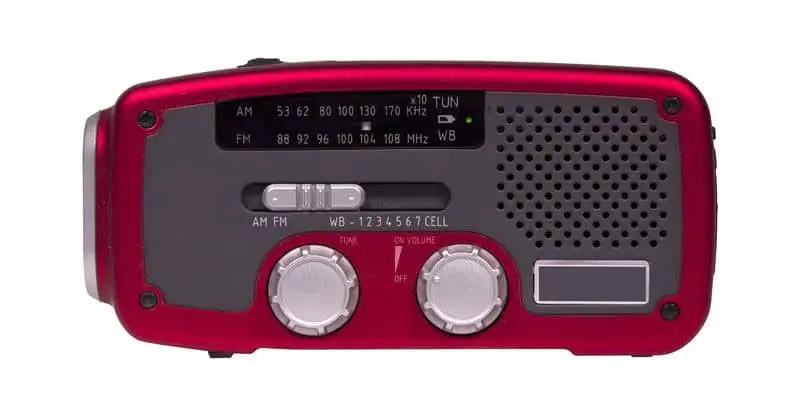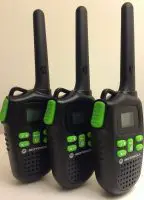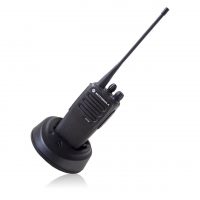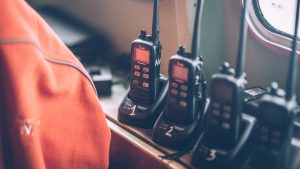If you have recently purchased a weather alert radio, then you’ve taken the first step in ensuring that you are safe while venturing out into areas prone to hazardous weather. Your next step is to know exactly what procedures to follow to guarantee that you know what to do if disaster strikes.
Weather is a volatile and random force that is as uncontrollable and dangerous, as it is beautiful and miraculous. It’s ironic that the miracle of nature can be so catastrophic at times. But this is a fact, and you must be well-prepared. Tornadoes, hurricanes, lightning storms, and other weather phenomena can ruin your outing in an instant and put your life in serious danger.
Table of Contents
How to use a weather radio
Below are vital tips to ensure that you are well-prepared prior to, as well as during, your venture in the case of a disaster.
Place it in the optimal position
Make sure that your radio faces the nearest National Weather Service transmitter. Also, place your radio near a window as this will result in clearer reception.
Receive warnings for your specific area
Weather radios are able to pick up alert signals and broadcasts from a number of areas. It’s important that you set your radio to receive alerts for your precise area only using the Specific Alert Message Encoding (SAME) targeting your particular area. This can also be done by following the manufacturer’s instructions.
Always have spare batteries
Although batteries run for lengthy periods on quality radios, always have spare batteries that are fresh and ready to go.
Have an extended antenna available
Be certain that you have an extended antenna for receiving clearer signals. This is crucial if you happen to be in remote areas surrounded by mountains, and areas with buildings close by. Mountains, buildings and other tall structures affect a signal’s quality, so attach the long antenna beforehand.
Tune into a VHF frequency
Make sure that you are constantly tuned in to one of the seven VHF frequencies. Make this a ritual every time before each trip.
Keep an instruction manual nearby
Have an instructional manual with you at all times. Even if you know your weather radio backward and forwards and are a seasoned user, during times of danger the body sometimes goes into panic mode. When this happens you may find that your mind has gone blank and you have forgotten frequency settings, where you put your batteries, or even where you are located.
To sum it all up
There’s no doubt that having a weather radio within your grasp offers confidence and peace-of-mind that you are safe and secure. But the same way a skydiver has a reserve parachute in the event that his primary one does not work, so too should you back yourself up appropriately by knowing how to use your radio effectively. After all, a simple click of a button and a clear signal could be the difference between returning home safely or not. Take care of yourselves out there guys!





